Creating an NFT Marketplace: What Is Necessary for NFT Marketplace Development?
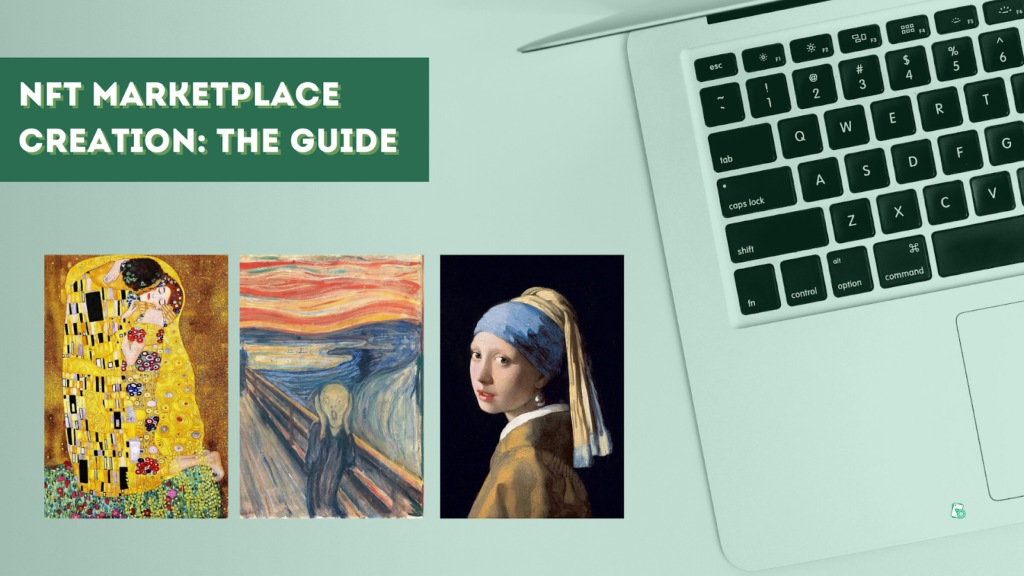
If you’re looking for a business idea incorporating innovative technology, you can build your own NFT marketplace on a blockchain.
Running a successful NFT website can be lucrative during crypto market upsurges. You can stand out by creating a platform for digital assets and implementing unique features in its functionality. Find out all the details about building the NFT marketplace.
What Are NFTs?
Non-fungible tokens (abbreviated: NFTs) are digital assets that are indivisible and unique.
Fungible assets refer to objects that allow an exchange of one such unit for precisely the same one without loss of value or significance. Example:
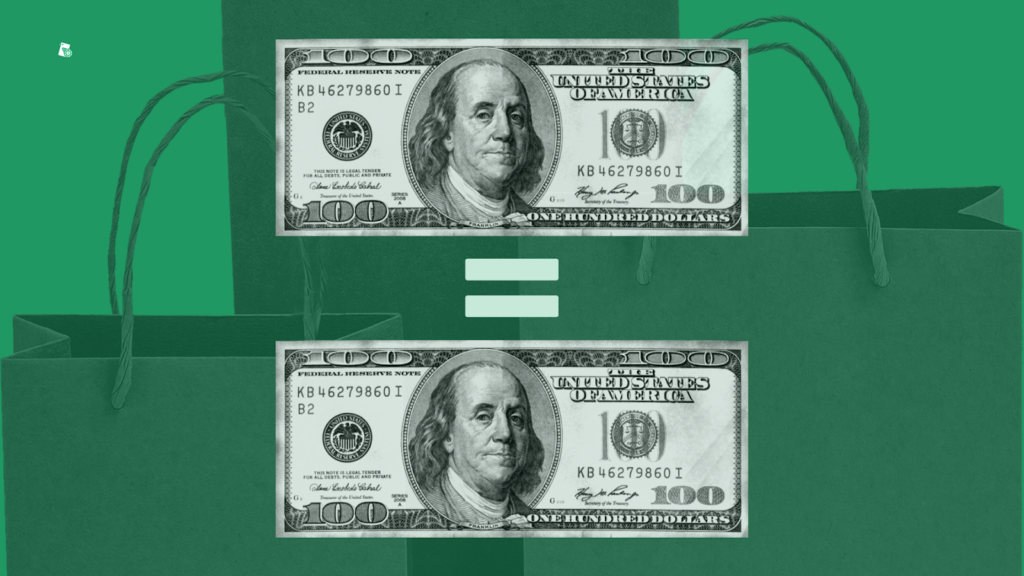
All cryptocurrencies, including Bitcoin, Ethereum, and all altcoins, are fungible.
One more distinctive feature of fungible tokens is that they can be fragmented into smaller pieces. For example, we can buy 0.5 BTC or 1.3 ETH.
Non-fungible assets cannot be exchanged for another item. They bear unique features, so they can only be exchanged without losing value. Example:
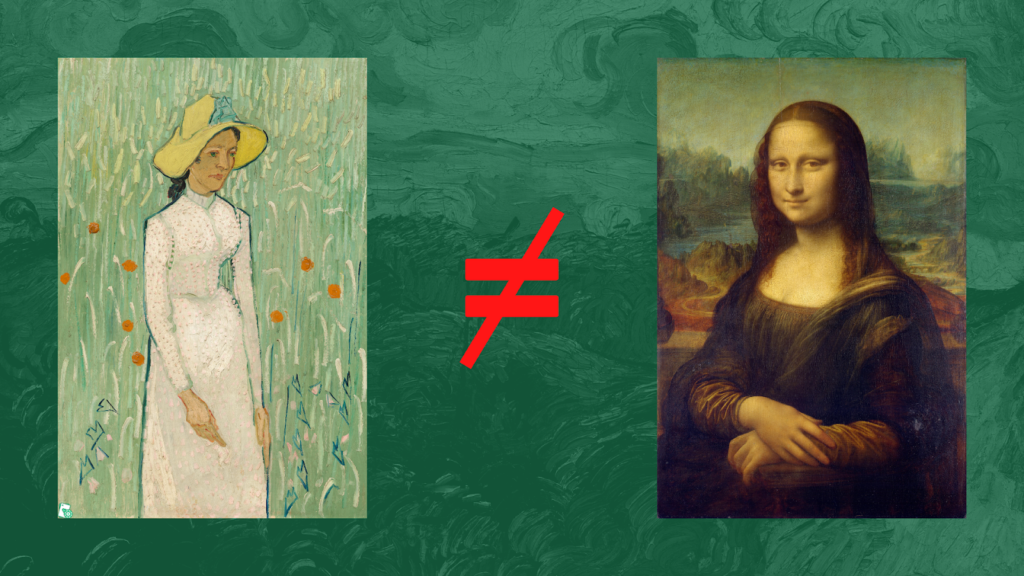
Unlike fungible assets, they cannot be fragmented, as they have value only as a whole: no one will buy half of the picture. Here is the contrast!
| NFT | Fungibles |
|---|---|
| Unique Indivisible Less liquid | Universal Divisible More liquid |
Non-fungible tokens assign you the right to own an asset: tokenized picture, video, or music.
What are Non-fungible tokens used for?
NFTs have found a wide, wide range of applications.
Digital art
The most trivial Example is digital art. Nowadays, any artist can tokenize their picture and sell it via the Internet.
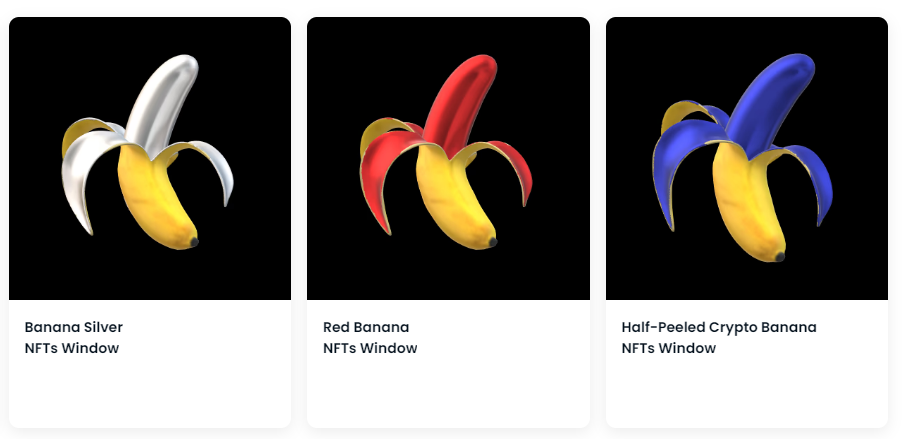
Gaming
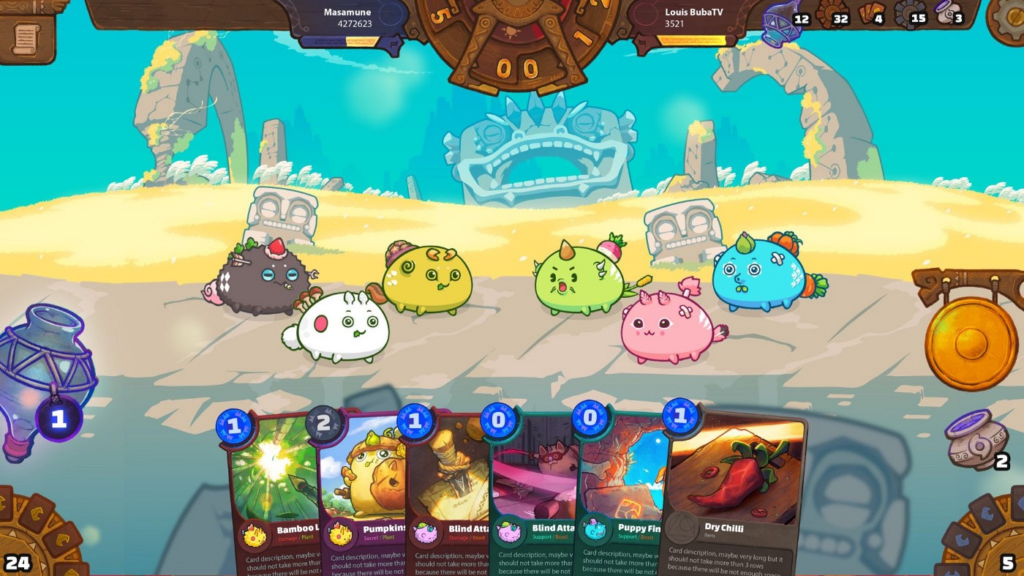
In-game items represented as NFTs can be traded on marketplaces. This way, players can monetize their in-game progress. Games of the future will allow transferring items such as weapons, skins, and power-ups from one game to another so that they have more value beyond a game.
Branding
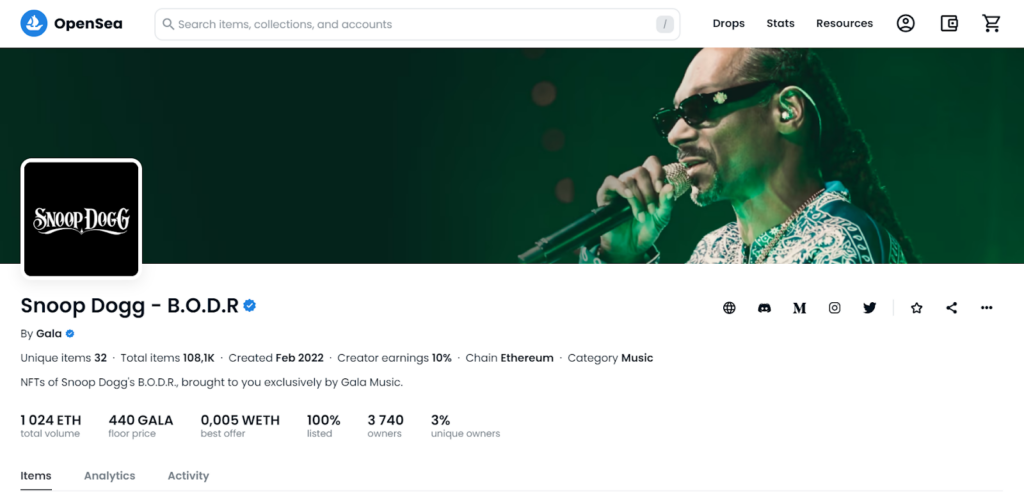
Celebrities launch NFT collections as a way to monetize their brand. Many celebrities, such as Snoop Dogg, Bella Hadid, and Paris Hilton, have already released their collections. Furthermore, NFTs offer a new revenue stream and a way to connect with fans uniquely and interactively.
Other purposes
This way, almost everything, including real estate, art, and documents, can be tokenized. As a result, NFTs are used in different spheres, and according to some specialists, their application will continue to expand in various industries.
How Much Does an NFT Cost?
NFTs can be purchased on special platforms called marketplaces. There you can find objects you are interested in, check the information about the author and the work, and the sales history of NFTs.
The prices of non-fungible assets can vary greatly depending on several factors, such as the artist or creator, the rarity of the NFT, its historical significance, and the demand for it. There is no standard pricing model for them, so it’s up to the individual seller to determine the price they want to charge. Investors buy digital assets as they expect their value to appreciate over time. That is particularly true for rare or highly sought-after NFTs.
The Most Popular NFT Collections
The Bored Ape Yacht Club
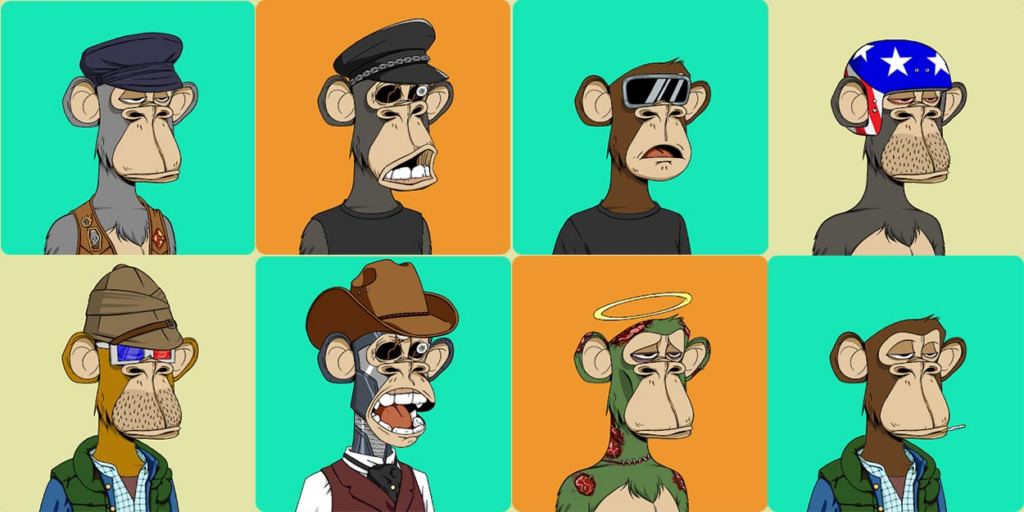
10,000 distinctive Bored Ape NFTs are gathered in the Bored Ape Yacht Club collection, which is stored on the Ethereum blockchain. Every ape has unique features and attributes. The Bored Ape Yacht Club has been praised for its community-driven approach, as its NFTs serve as membership cards and grant access to members-only benefits.
The floor price for a single item from this collection is 78 ETH.
CryptoPunks

One of the first and most well-known NFT projects, CryptoPunks, was introduced in 2017. The collection consists of 10,000 different 8-bit stylized characters that are all stored on the Ethereum blockchain and have unique features.
Due to their rarity, collectibility, and cultural significance as one of the first NFT initiatives, CryptoPunks have become extremely popular among NFTs collectors and fans. The market’s most valuable non-fungible tokens include certain CryptoPunks, which have sold for millions of dollars.
CryptoKitties
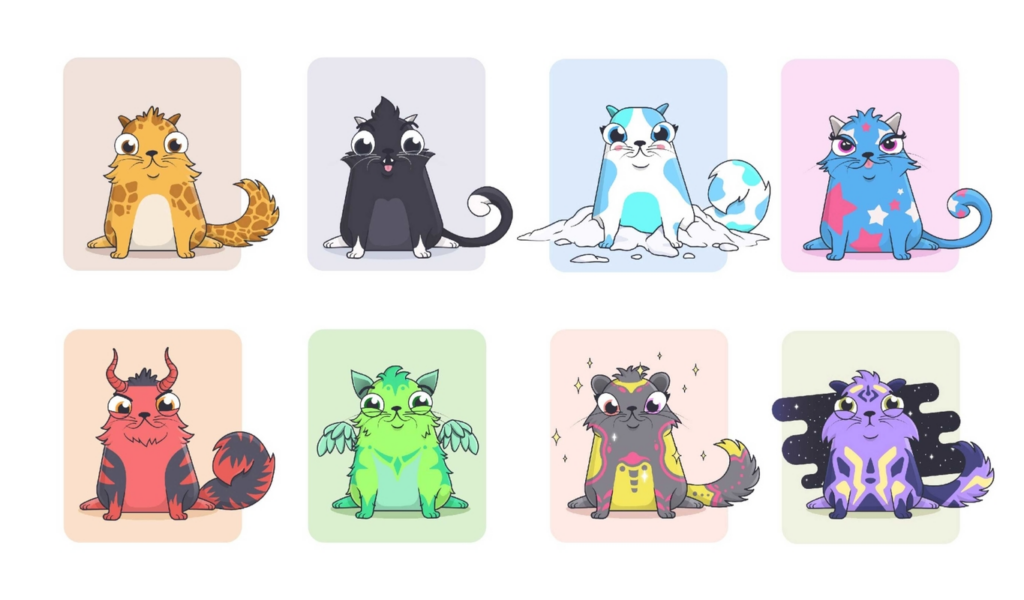
CryptoKitties is a collectible game that was launched in November 2017 and is based on the Ethereum blockchain. It enables users to purchase, sell, and breed distinctive virtual cats, each with its characteristics.
Due to its adorable cats and use of blockchain technology, which allowed for actual cat ownership and scarcity, the game soon acquired popularity. Additionally, CryptoKitties has received appreciation for its creative application of blockchain technology and for introducing the idea of NFTs to a larger audience.
All these non-fungible tokens have brought multimillion-dollar royalties to their creators and to the early investors and marketplaces on which these digital assets are traded.
What Are the Most Popular NFT Marketplaces?
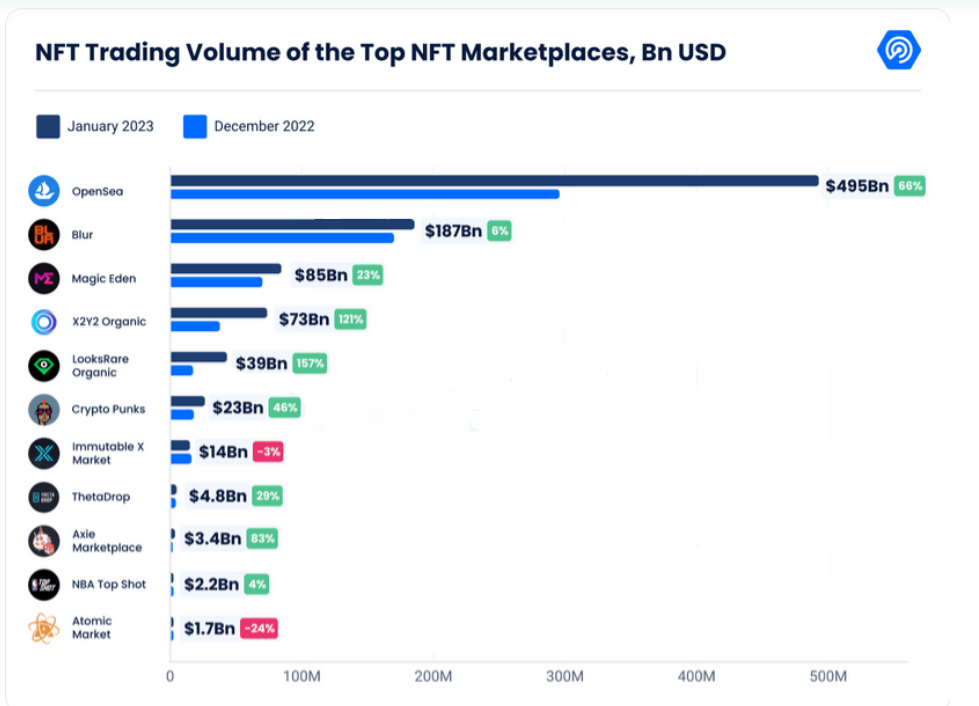
An NFT marketplace is a digital online platform that enables the buying, selling, and trading unique tokenized assets using blockchain technologies. These websites allow work with different items, including digital pictures, videos, music, domain names, and books.
- OpenSea is the first and the most renowned multichain NFT marketplace.
- Blur is the fastest marketplace designed for pro traders. It compares NFTs across the platform and manages portfolios with advanced tools.
- Magic Eden is the leading NFT platform on Solana.
Step-by-Step Guide: How to Create an NFT Marketplace
Choose the type and purpose of your marketplace
There are many different types of marketplaces. You should determine which marketplace is right for your purposes and is required by your target audience.
- NFT platform for digital art
- NFT marketplace for selling tickets
- NFT marketplace for in-game items
- NFT platform for celebrities’ collections
- Sports-centered NFT website
- Another specialization.
Plan your budget
When creating an NFT website, you must consider two main expenses: development and marketing.
How much will it cost to create an NFT platform? Development expenses will depend on how you choose to build an NFT marketplace. Different options require different sums of investment, but we will consider this question later.
Apart from development, you need to put money aside for marketing. You need to plan a marketing campaign that includes different tools and strategies for promotion:
- Create and distribute useful materials about NFTs and the industry. You can create articles, videos, and infographics to make people aware of these technologies and convince them of their value and usefulness. Promote your content via social media platforms with special trendy hashtags. That might help you attract customers and position your business as a solid leader.
- Partner with NFT and art influencers to showcase your business. That might help you get broad coverage and give you more authority in the industry.
- Attract prospective artists and new projects to trade their works on your marketplace by offering advantageous conditions and convenient tools.
- Build your loyal community of collectors and enthusiasts.
- Use paid advertising to reach your target audience. You can try display ads or Google AdWords.
Decide what protocols your marketplace will support
There are NFT marketplaces that support different payment methods, including fiat currencies and crypto, but truly decentralized platforms accept only cryptocurrencies.
Alternative nets attract users by their low commission fees, high speed of confirming transactions, and scalability. The most popular network for working with digital assets is Ethereum. Nevertheless, other blockchains like Solana and Polygon also have their place in this niche.
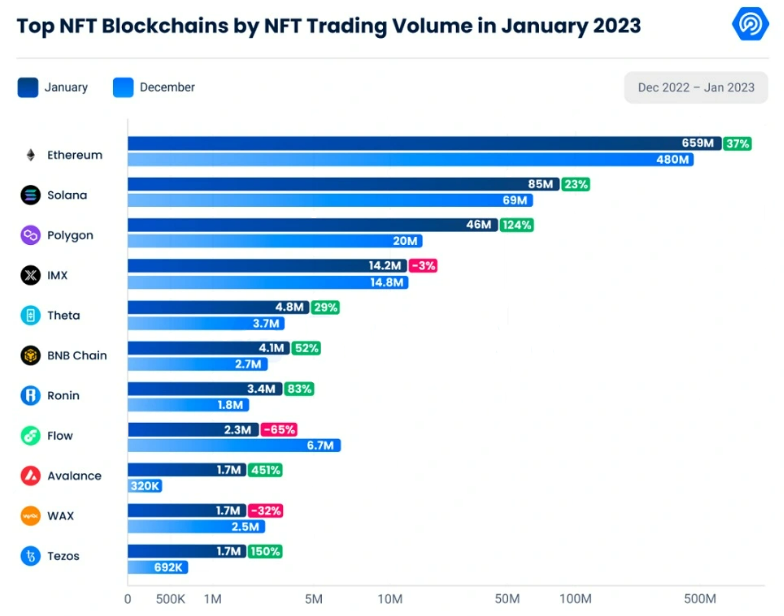
The choice of blockchain will also affect which wallets must be implemented on your website. Ethereum and Polygon require Metamask, while users who want to work on Solana need Phantom support.
Plan your monetization model
There are different ways how you can make a profit from your platform. Decide on a monetization model to implement in your marketplace:
Commission Monetization Model
Most marketplaces use the model for commission-based payments. The commission model has gained popularity since it has shown to be a reliable source of revenue. The platform owner can charge merchants a fee for each successful transaction that happens on the platform, thanks to the commission model. In other words, you will get value by taking a cut of every transaction that takes place in the marketplace.
Product Listing Monetization Model
The commission monetization model will bring you profit only after a successful sale. In contrast, the listing fee will provide you with a mandatory payout for every item on your platform. It is the greatest approach to compensate sellers for expensive goods.
Note that any profit your business generates, even cryptocurrency, must be declared for taxation purposes to avoid penalties.
Design your NFT marketplace website
Design must be appealing and intuitive. Choose brand colors and website fonts, and make mockups of every page. That will enhance usability and provide a great experience for users.
There are main points that your website should contain.
- The unique page of every NFT provides visitors of the platform with all the necessary information about the lot: title, price, description, preview, owner, method of purchase, rating, information about the blockchain, and token protocol so that users can verify the authenticity of purchased non-fungible tokens.
- Search Engine: Dividing all assets into several categories, such as art, photography, video, domains, memes, and music, makes it easier for users to navigate the store listing.
- Wallets for NFTs: Users need a wallet for sending, receiving, and storing non-fungible tokens.
- Trading History: To understand how popular the marketplace is, what is sold on it, and at what price, the website should have a section where users can see the trading history.
- On the profile page, users need to see their activity on the marketplace, collected items, and the wishlist of NFTs they would like to purchase.
Development
NFT market development includes smart contract development, backend, and frontend.
- Smart contract development: In this step, you develop all smart contracts as follows the NFT platform logic.
- Backend: Developing a sync module to fetch data from the blockchain and make API for the front end.
- Frontend: You put your design ideas into action at this stage. Frameworks for the backend: Spring, Symfony, Flask.
- Most frequently used programming languages for Backend: Java, PHP, Python. Integrate the WEB3 module to call functions of the smart contract. Integrate backend API to show NFT information.
- Most frequently used programming languages for the web: React.JS, Vue.JS, and Angular.JS.
- Most frequently used programming languages for mobile: Java, Kotlin (Android), and Swift (iOS).
Security check
Ensure your users’ assets and data are protected. You can contact an auditing firm that will conduct a smart contract audit.
How to Build an NFT Marketplace?
It’s okay if you don’t know all the languages and tools required for development and design. Nowadays, freelancers and off-the-shelf tools are ready to make a full-featured NFT platform for you. Some options require a bigger budget, but they allow you to receive a turnkey project; while others require your active engagement and a lot of time, they will cost you less.
Let’s consider all the options that can lead us to our goal.
The easiest way to find developers who will build an NFT marketplace for you is to visit freelance services platforms. There you can find a reasonably priced performer with the best reviews.
Freelancers can offer basic help like smart contract development, web page development, wallet integration, and minting functionality for a lower price; or more extensive assistance, including multiple standard smart contracts, auction options, and support of different types of non-fungible tokens at a higher price. You should expect the minimum price for this kind of work to be $100. Then the price will increase depending on what additional features you want to implement in your website.
To save money on development, you may like off-the-shelf solutions. For Example, the NFT marketplace development companies offer ready-to-deploy NFT Marketplace solutions. Another company will analyze your requirements and create an ideal NFT platform for your business.
If you are a developer, the OpenSea team has made a guide on how to open your marketplace.
Is it Profitable to Build Your Own NFT Marketplace?
Based on the predictions of Top specialists, the crypto market will recover in 2024, which means that thousands of interested investors and crypto enthusiasts will jump into the market and start looking for new opportunities. As a result, the NFT market will likely experience a new wave of growth. Thus, with a well-planned business plan and promotion strategy, your marketplace will bring a lot of revenue.
Conclusion
The task of NFT marketplace development can be complex and challenging, depending on the specific requirements and features you want to implement. When creating an NFT marketplace, there are several factors to consider, such as security, scalability, user experience, and integration with blockchain technology. However, with the right technical expertise and resources, it is possible to develop a functional and user-friendly NFT website and ride the wave of new NFT hype.
